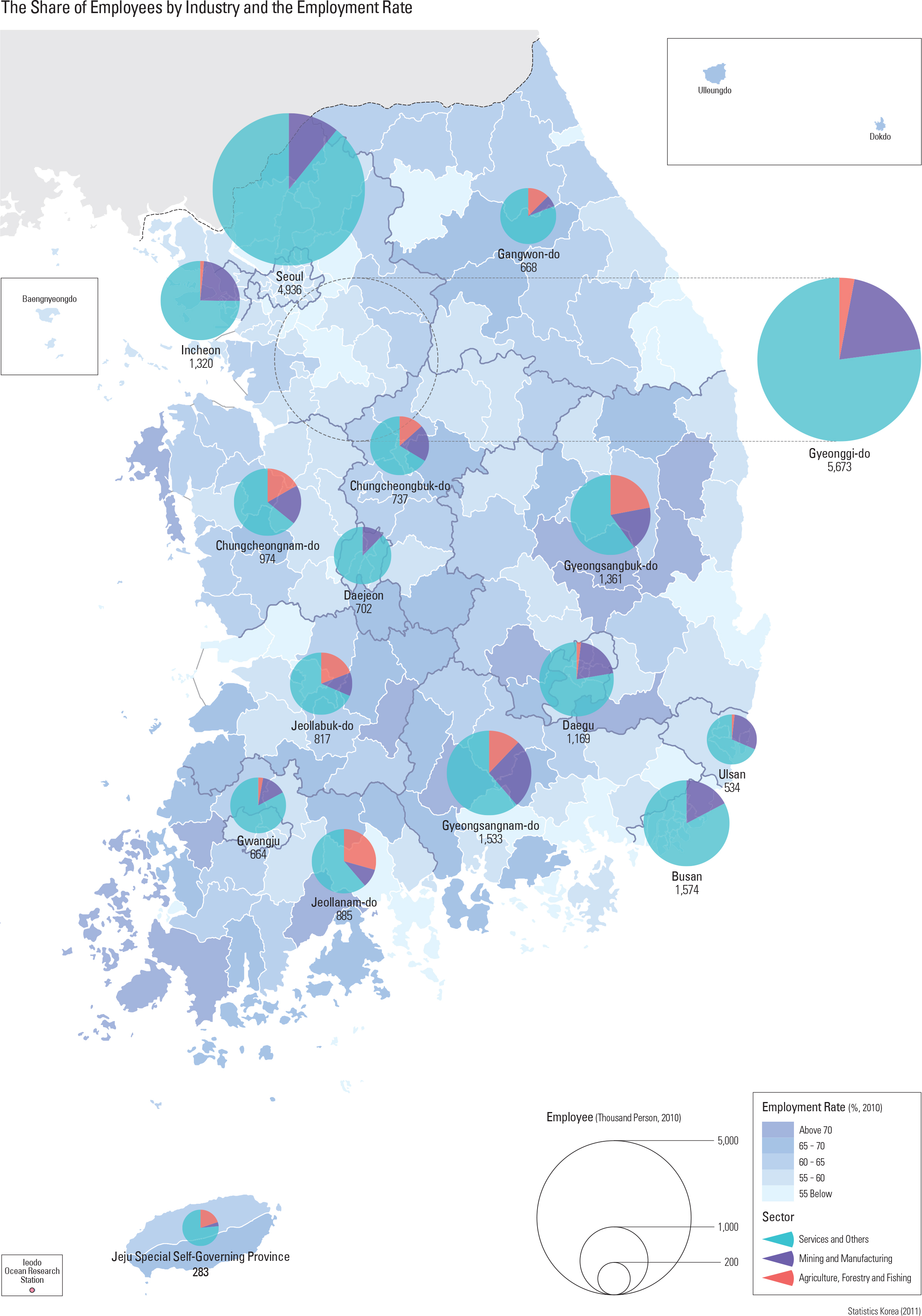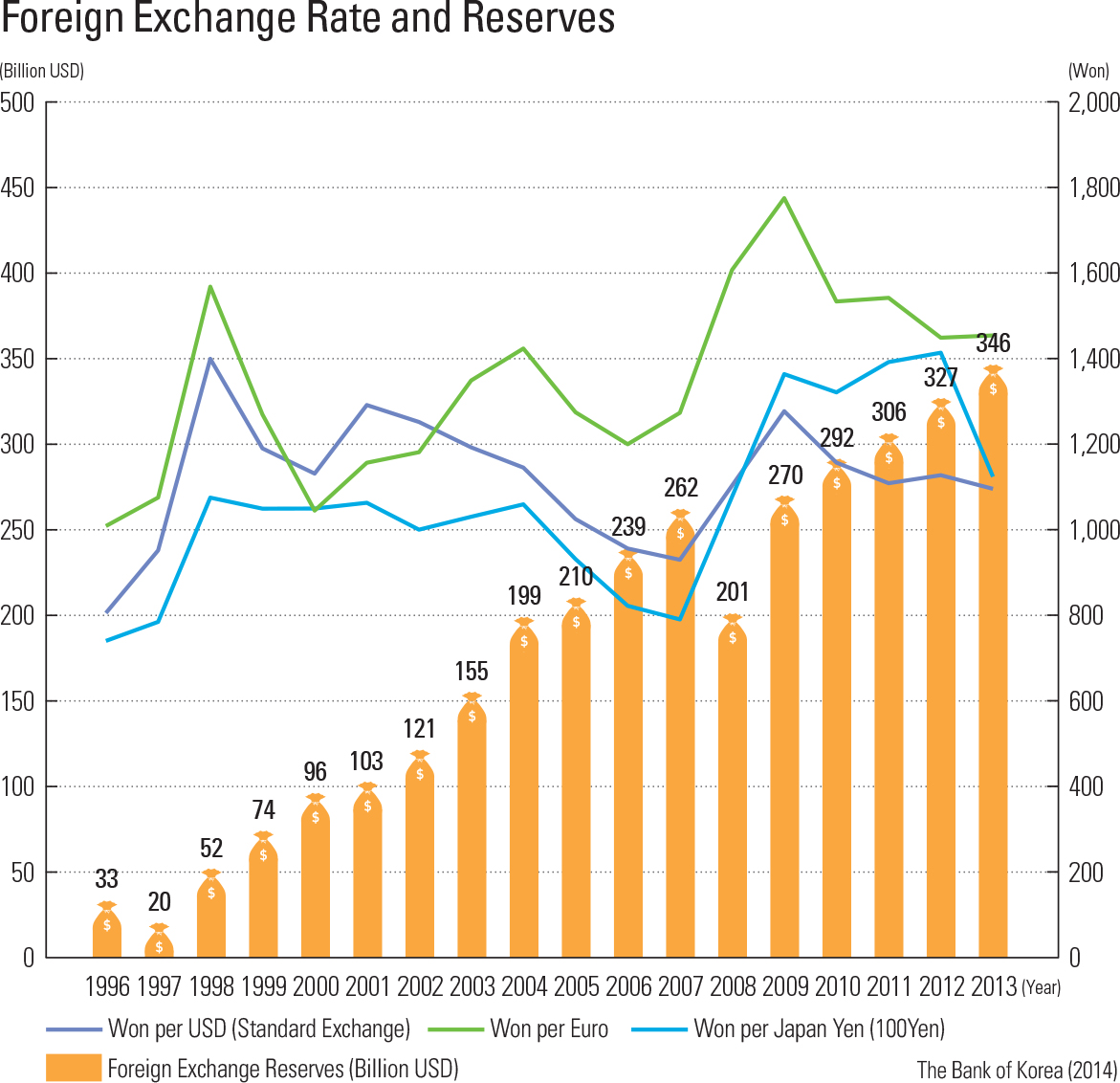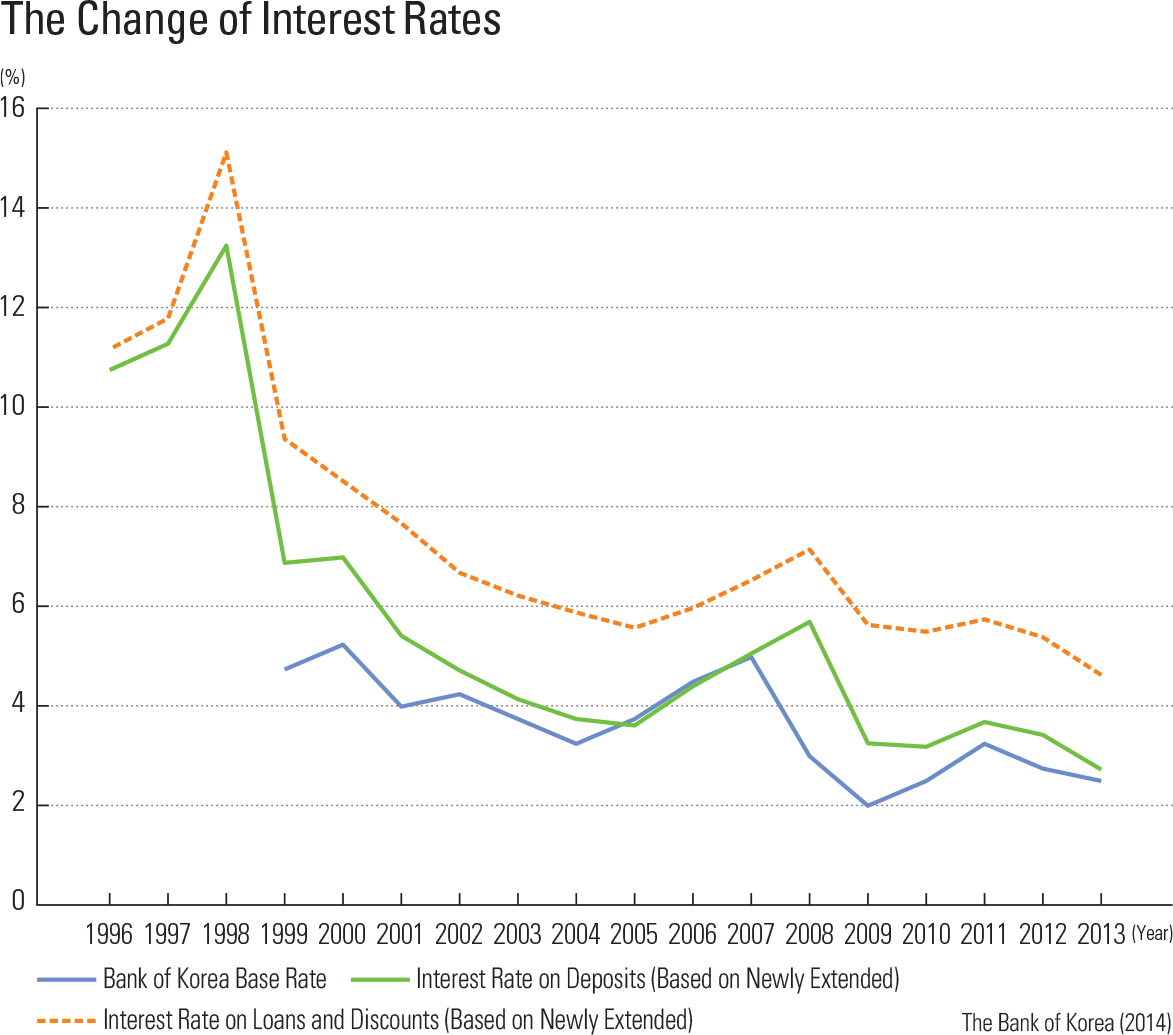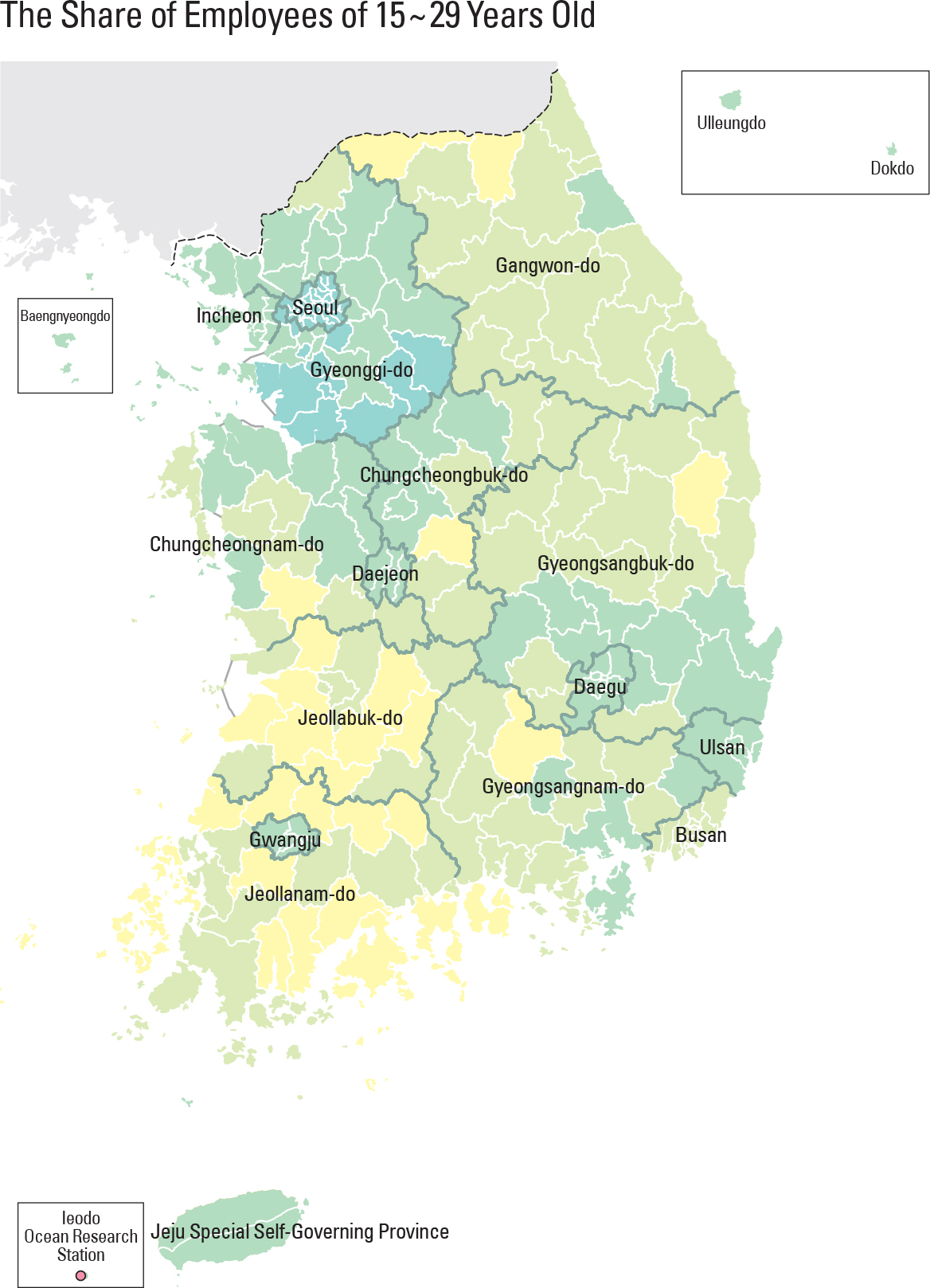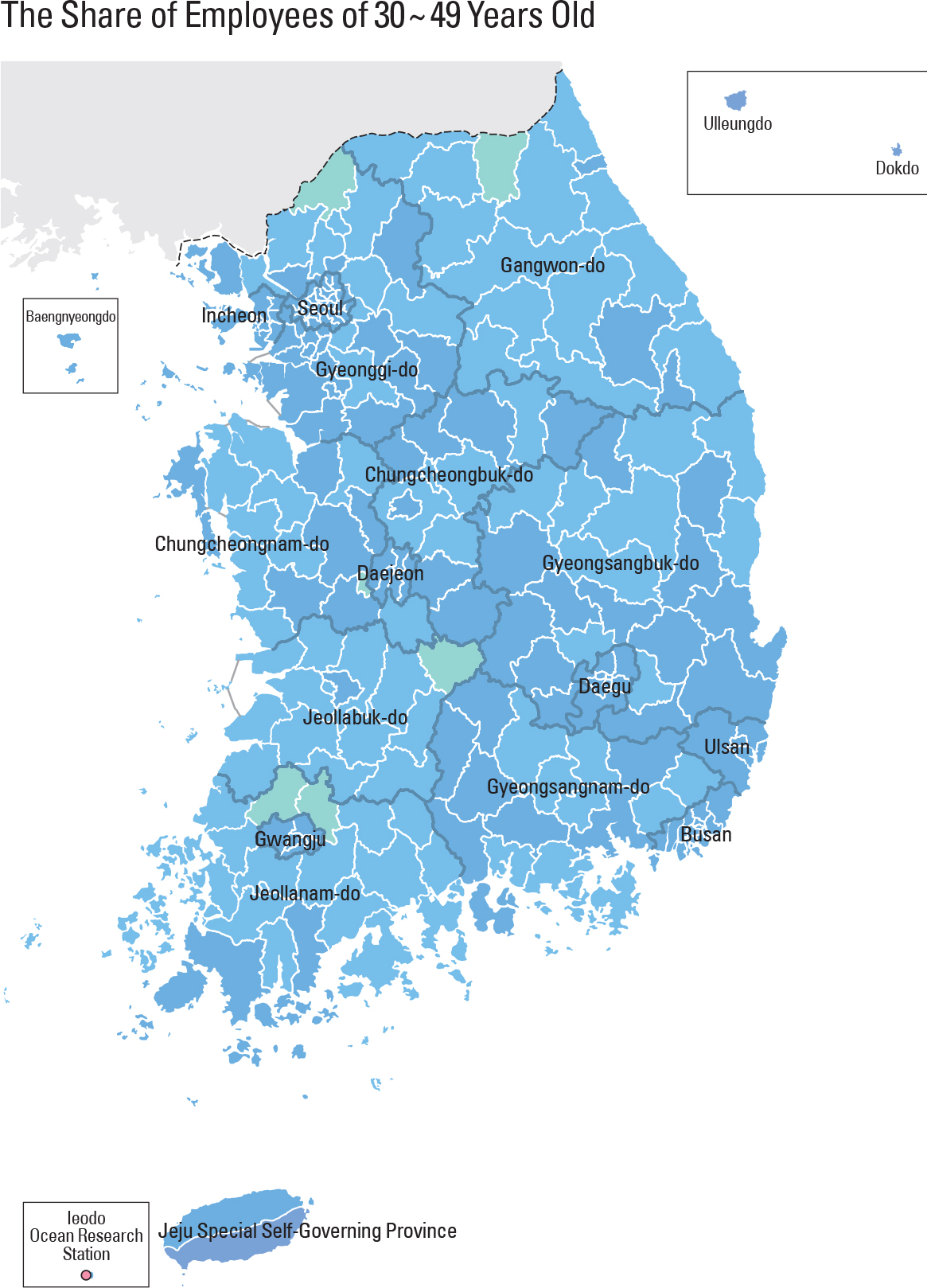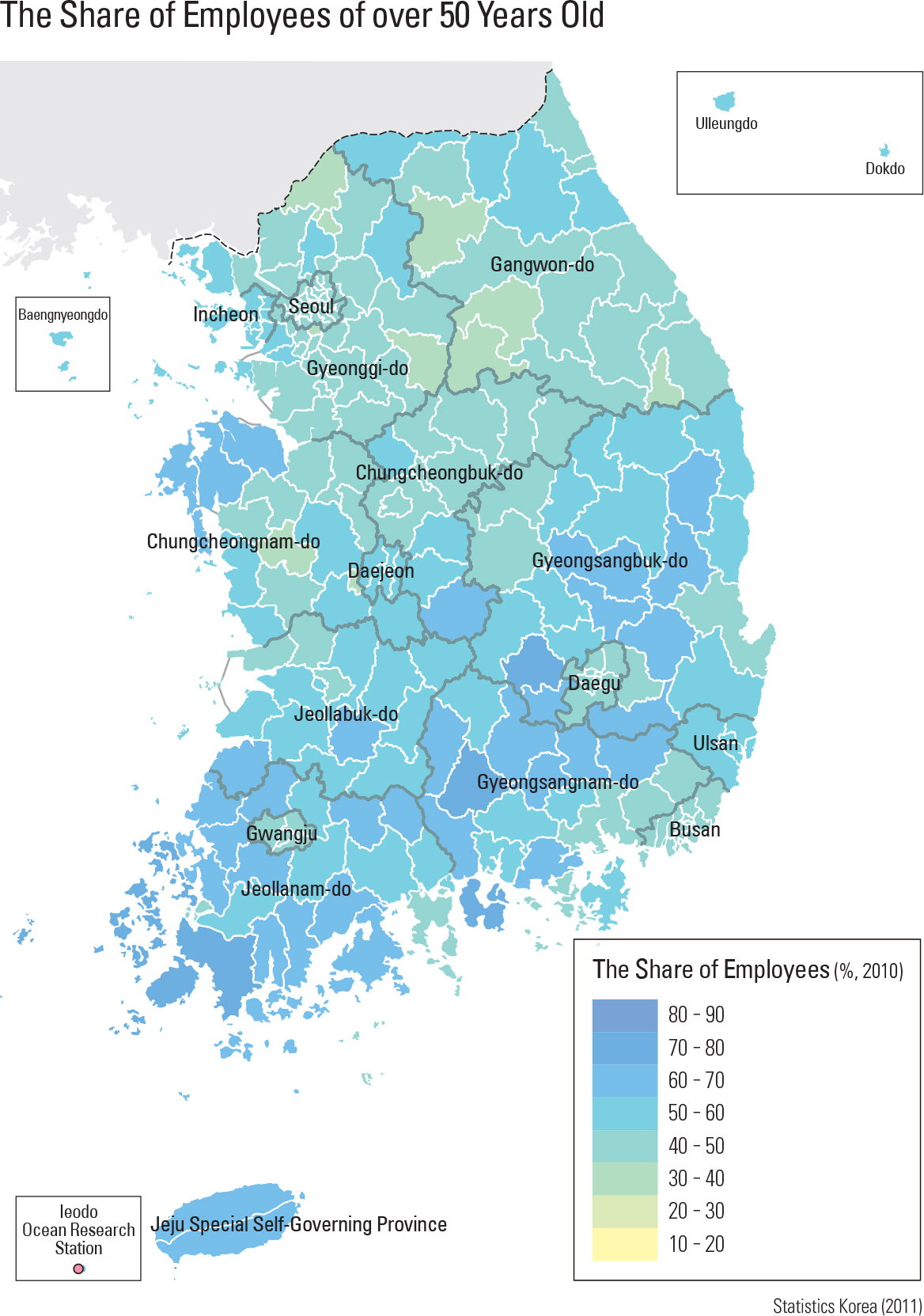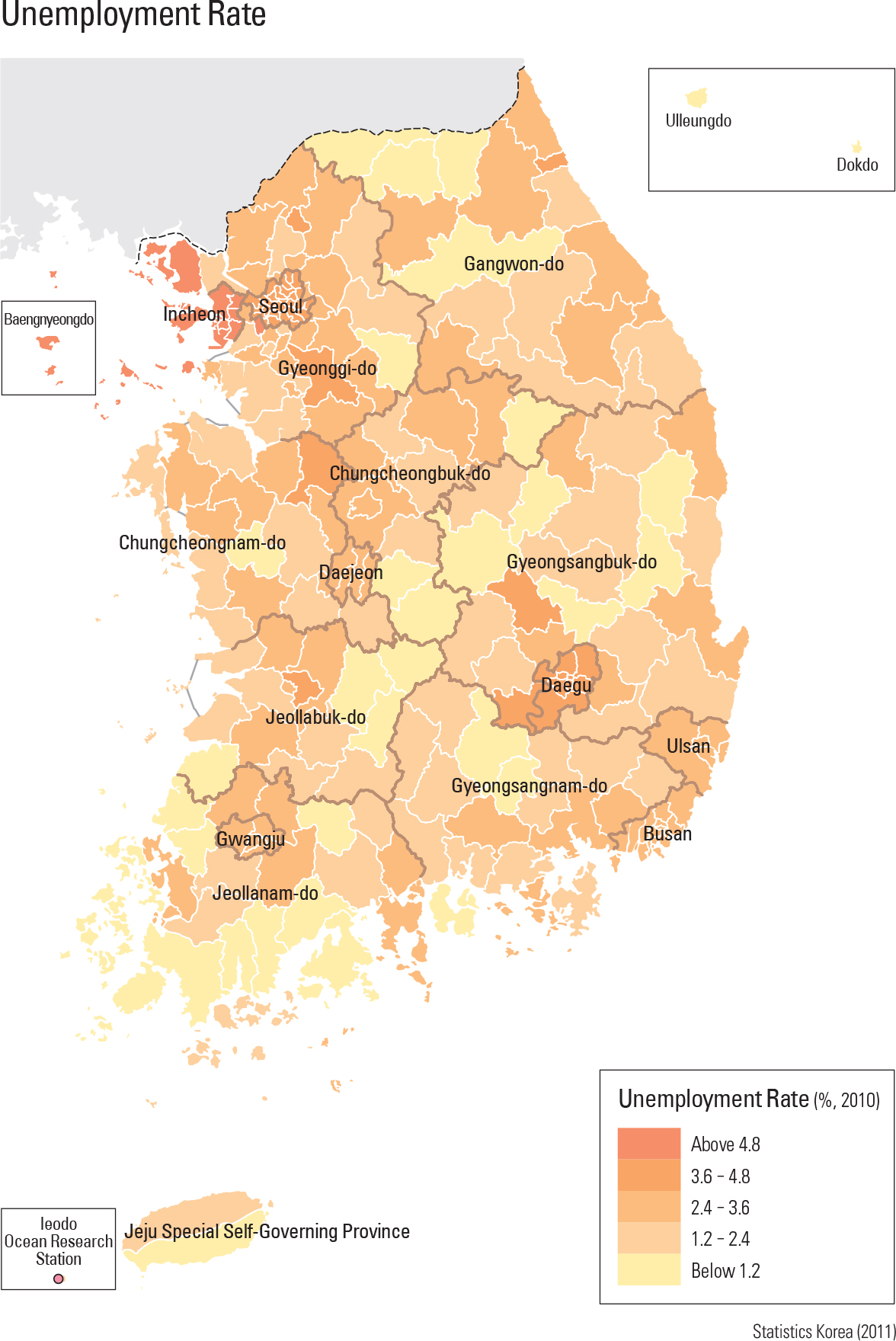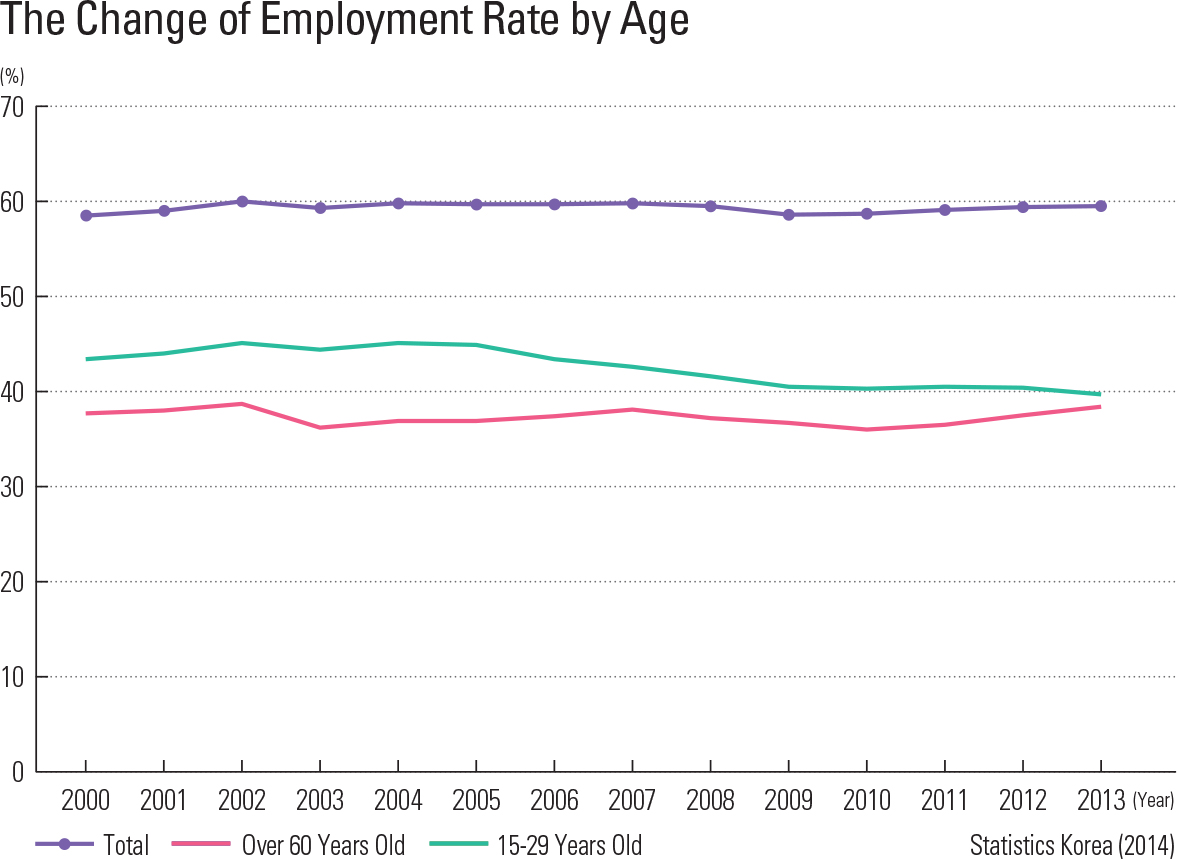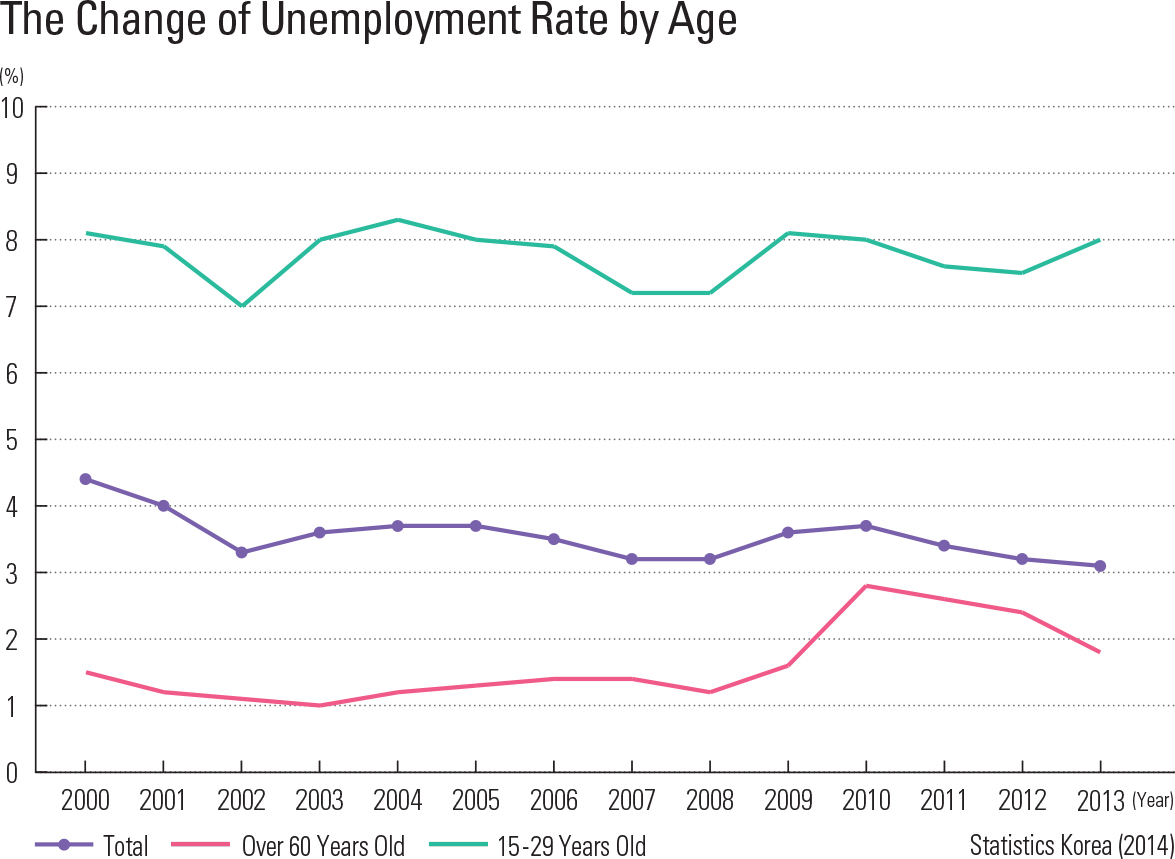English I
National economic activities can be reviewed through the characteristics of employment and consumption. First, employment can be reviewed by examining the employment rate, the unemployment rate, and the employment structure. Labor force participation rate is the share of the economically active population (both employed and unemployed) as a percentage of the population group older than 15 years of age. It is the most typical indicator to evaluate a nation’s active economic activity. The employment rate is the share of the employed as a percentage of the entire population group older than 15 years of age, and the unemployment rate indicates the share of the unemployed as a percentage of the economically active population. The unemployment rate does not include those who gave up on employment after trying to get a job for a long time; thus, it can be underestimated. In this context, the OECD recommends that the unemployment rate be used along with the employment rate for evaluating the economy. The employment rate is lower in metropolitan areas even though there are a lot of jobs, but this is due to the high urban population that skews the statistic. On the other hand, the unemployment rate is high in urban areas due to the high number of job seekers compared to the size of the urban population. In non-urban areas, even though the share of the non-economically active population is high, unemployed adults are either not interested in working or are not active job seekers; thus, they are not counted in the statistics. page_2 |
